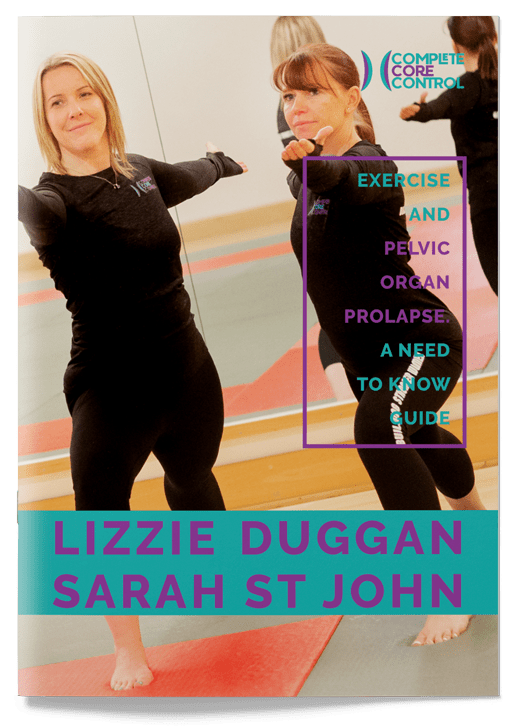When embarking on a journey to improve pelvic floor health, the pathways are numerous and varied. Among these, hypopressive exercises have emerged as a revolutionary method to manage and improve symptoms of pelvic organ prolapse. However, as with any exercise regimen, the key to success lies in proper guidance and tailoring the workout to your individual needs. The question arises: could the wrong approach to hypopressives potentially do more harm than good?
Understanding Hypopressives: The Fundamentals
Before diving into the specifics, it’s essential to understand what hypopressive exercises are. They’re a series of techniques that utilize posture and breathing to reduce pressure on the abdominal cavity, thereby strengthening the pelvic floor muscles and alleviating symptoms of prolapse. It sounds promising, but caution is warranted.
The Risks of a Generic Approach
A one-size-fits-all method is rarely effective in the realm of physical health, and hypopressives are no exception. Generic programs may not account for the unique conditions of your pelvic floor, potentially leading to a stagnation in progress or, worse, exacerbating your symptoms. Misguided techniques or inappropriate intensity levels can inadvertently increase intra-abdominal pressure, negating the very benefits hypopressives are supposed to provide.
Tailoring Your Hypopressive Experience
The cornerstone of an effective hypopressive program is customization. Our dedicated consultation service recognizes the individuality of your journey. By building a program around you, we ensure that your technique is safe, effective, and conducive to your progress. To support you in this, consider our one-to-one consultation service, where a bespoke program awaits you Complete Core Control Consultation Pack.
Hypopressive Training: Fitter Floor and Core
For those who seek a structured yet personalized experience, our Hypopressive Training: Fitter Floor and Core course is the beacon. This course is tailored to empower you with techniques to manage core weakness, using hypopressives as a foundation, and Pilates to fortify the entire core. The progression into general functional fitness ensures a comprehensive approach without the added intra-abdominal pressure. You can explore the transformative potential of this course Fitter Floor and Core Online Course.
The Power of Community and Live Classes
Embarking on this journey need not be solitary. Our vibrant social media community stands testament to shared experiences and collective growth. Additionally, our live class timetable brings a suite of classes right to your living room via Zoom, offering the convenience and camaraderie to keep you motivated.
Complete Core Control Membership: An All-Access Pass
For an immersive experience, our Complete Core Control Membership offers unparalleled value. It’s not just about classes or courses; it’s about being part of a community that’s invested in your well-being. With access to a wealth of resources, including our video library, every aspect of your pelvic health journey is supported. Discover the details CCC Membership.
In conclusion, while hypopressive exercises hold immense potential for improving prolapse symptoms, the efficacy is heavily dependent on the specificity of the program. The right guidance not only safeguards against the risks but also paves the path for a stronger, more resilient pelvic floor. Join us in embracing a method that’s tailored, holistic, and transformative for women worldwide.




